If you are going to Australia, do not miss a visit to the outback: the red centre. In our opinion, it is an important trip to learn more about the country’s history and culture. It is also a discovery of the continent’s emblematic landscapes as well as its fauna and flora. Finally, it is a real adventure to travel in the Australian desert. We had the chance to visit Uluru / Ayers Rocks, Kata Tjuta and King’s Canyon.
There are many ways to do this trip: driving, taking the bus or train or being part of an organized tour. The best way would probably be to start the journey from Adelaide and finish in Darwin.
However, if you are limited in time, you could rent a car and go around Ayers Rock for 3 days (see a testimony here).
Finally, if you are limited in time and resources, it is also possible to take part in a 3 day organised tour. This is what we did and we would like to share our experience with you:
The outback tour, discover the Australian desert
So we spent some intense days in the desert. We were initially thinking of driving there. However, after seeing the conditions, we are very happy to have done this via a group excursion. Heat, dust, flies, drought and miles of loneliness are not for us!
There are a lot of tour packages, we are not particularly happy with the one we have chosen so we will not mention it. It was one of the cheapest. The conditions and the comfort vary from one tour company to another. Our bus was very uncomfortable and maybe not recommendable for the most fragile people. The price is about 400 AUD (Australian dollars) for the basic tours. We started at the Ayers Rock Airport and ended at Alice Springs. This saved us a useless return trip from Alice Springs.
Uluru / Ayers Rock
Visible from space, the monolith of Uluru is a sacred place for Aboriginal peoples. We had the chance to visit this symbol of Australia, to meet the Aboriginal peoples, to observe their art and to understand more of their history and culture. Moreover, watching the sunrise and sunset is an incredible experience we highly recommend. Finally, it will soon be forbidden to climb the rock. Indeed, this is a disrespectful and dangerous practice which should never have been allowed.
Kata Tjuta and Kings Canyon
Kata Tjuta presents a succession of 36 red domes. It is a very pleasant place to hike. Kings Canyon is best visited at sunrise for beautiful colors and to avoid the heat. It is essential to bring plenty of water if you are going on the 6 km hike. The walk starts with climbing at the top of the cliffs for an impressive view above the canyon. The landscapes are beautiful and varied.
These are all sacred sites for Aboriginal peoples. We were able to learn a lot about the culture of the different groups living in the region. We found the context of colonization in Australia still very tense and dramatic. The horror of the historical facts, which are still relatively recent, shocked us. We realised we didn’t knew much about it before landing in Australia. There are many documents, readings and movies on the subject and we would like to encourage you to have a look at some from our reading list.
The tour was a superb experience. In the evening, we ate kangaroo spaghetti and grilled marshmallows around the fire. We slept in “swags (a mattress covered with a tent canvas) directly on the ground under the stars. Clémentine was scared but there were no spiders or snakes around. Unlike the dingoes, Australian wild dogs, which came around. In the evening, they circled around the camp. Even though their screams were disturbing, they are shy and do not approach humans. In the morning, we woke up very early to hike before sunrise.
What to pack to visit the Red Centre?
We advise you to take a small bag, there is not much space on the bus. You may be able to leave a larger suitcase with the tour operator or your hotel if you start and finish from the same point. We travel light for the world tour and were able to take all our belongings with us on the bus, but everything was very dusty afterward!
Here are the essentials you should to bring:
- a hat and sun protection
- enough bottles to carry 2 to 3 liters of water per person (the minimum for hiking)
- a sleeping bag (with our tour sleeping bag rentals were very expensive, and you will need it for the cold nights)
- a pillowcase and a sleeping bag travel sheet (the mattresses are very dusty)
- as an option a fly net to protect your face, you can buy them everywhere (we bless the person who gave us one at the airport)
Surprisingly, on the side of the road the animals we crossed the most were… camels! They have been imported from India in the 19th century as a means of transport to explore Australia. After the arrival of the trains and cars, they were released in nature and reproduced phenomenally! We have also encountered native animals such as emus and kangaroos.
Visit the Outback on your own
You do not want to go on an organised tour? Here is a testimony from JB and Vivien, two adorable travelers crossed on the road in Queensland Australia:
“The advantage of doing this individually is undoubtedly the great freedom offered by the rental car. It is also the pleasure to ride in these beautiful landscapes. We could take our time and we be flexible on the visits based on different parameters such as the weather.
The disadvantage is the price. In addition to the hotel, you must multiply by at least two the prices know in the rest of Australia (especially for gasoline or food). Nevertheless, it is very easy to organize everything yourself. And why not extend the length or even rent a real 4×4 vehicle to reach even more remote places? ”
Rent a car for 3 days from Ayers Rock
“Unlike Clémentine and Nicolas, we chose to visit the Red Center of Australia on our own. To visit the Outback, we made a loop from the small Ayers Rock airport where we picked up our rental car. Thus, we avoided the long and arduous journey to Alice Springs and the relocation costs.
It also connects immediately with the visit of Uluru, located less than 30 minutes drive away. In the evening, we stayed at the Ayers Rock Resort, located in the tiny town of Yulara. You should know that all hotels belong to the same group. This lack of competition and isolation inevitably lead to (very) high prices. But it is the game in the desert!
The next day, after sunrise over Uluru, we went to Kings Canyon. We reached it after 3:15 driving (and a small stop on the way to see Mt. Conner and a salt lake nearby). It is difficult to make the round trip to Yulara during the day so we stayed at the Kings Canyon Resort. Here, even less competition than Yulara, this hotel is virtually the only choice of accommodation in the immediate vicinity of the canyon. On the third and final day, we returned early in the morning to Ayers Rock. There, we visited Kata Tjuta and its famous Valley of the Winds hike.
Unlike many tourists who make the loop in the Outback in the direction signposted we chose to go in the opposite direction, as we had been advised. The main advantage is that the landscape is mostly in front of us and not in our back, it avoids having to turn around constantly. We flew back from Ayers Rock the next morning after a last night at Yulara and a last sunset on Uluru. ”
Clémentine’s reading and movie list for Australia
- John Pilger’s documentary: Utopia
- The classic movie Australia, released in 2008, with Nicole Kidman and Hugh Jackman. A great movie to learn more about the history of Australia and discover the landscapes.
- We have also selected 3 completely different movies relating initiatory journeys through the Australian centre:
- Rabbit-Proof Fence, a poignant movie about the stolen generations
- The Adventures of Priscilla, Queen of the Desert, a superb comedy about the trip of three transgender friends
- Tracks, the adaptation of Robyn Davidson’s memoirs about her journey by foot with camels
- The Australia Travel Guide from Lonely Planet.
- The novels Oscar and Lucinda by Peter Carey and The Bush by Don Watson.
Want to travel with us a little bit? Find all our articles on Australia.
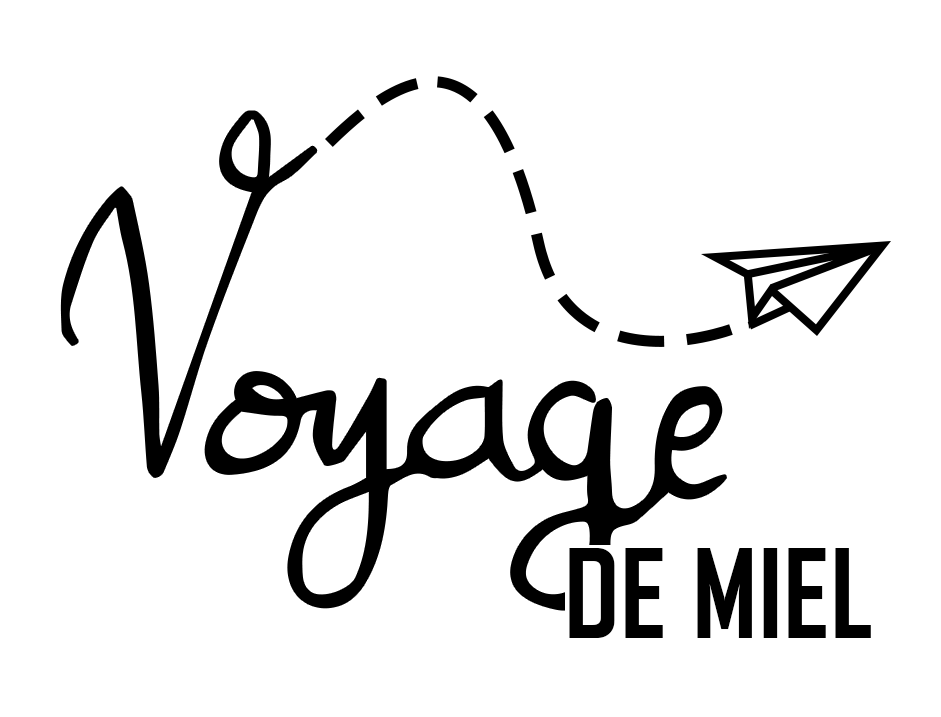
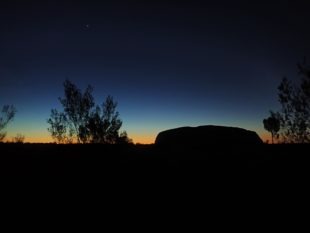
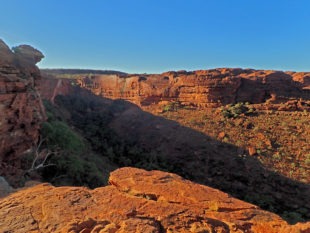
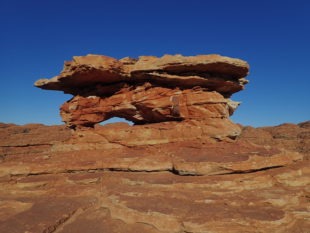
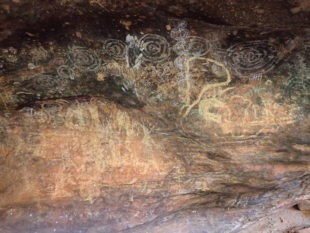
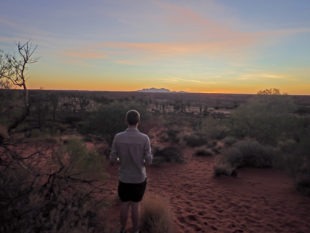
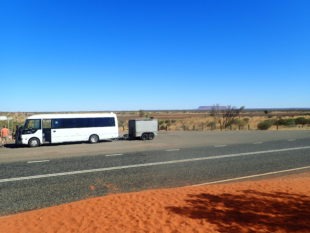
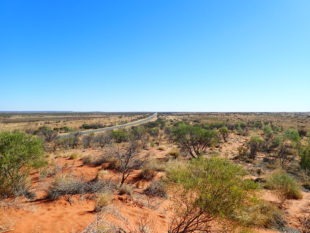
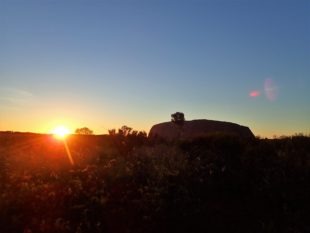
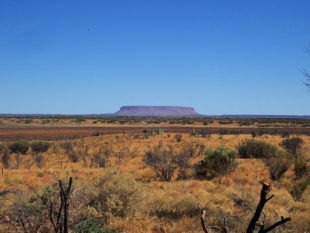
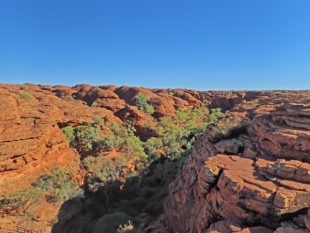
2 Comments
whitsundays tours
July 30, 2019 @ 11:39
thanks for the advice